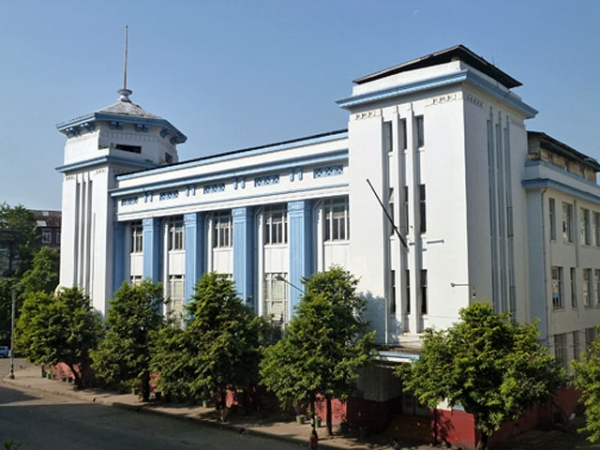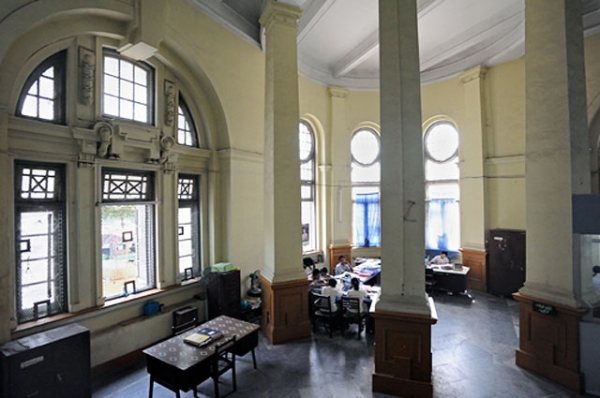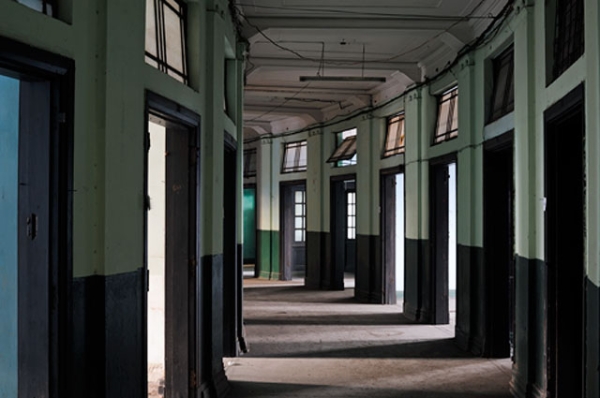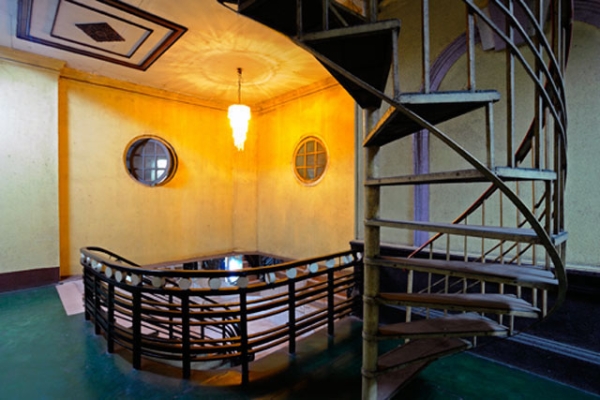A Vision for Rangoon
Lecture/discussion on the preservation of a cultural legacy
NEW YORK, May 1, 2013 — Yangon/Rangoon could be facing the same fate that befell other historic Asian cities such as Jakarta and Phnom Penh as they emerged from years of neglect into a world of hyper-accelerated economic activity.
"A vision for Rangoon is very important," declared Dr. Thant Myint-U, founder and chairman of the Yangon Heritage Trust. This historic city — Myanmar's largest, and its business center — is now poised on the edge of dramatic changes which could either make Yangon the most livable city in Southeast Asia or destroy it. "But the window is short," reiterated Thant, as he presented slides showcasing the city's colonial and pre-colonial architectural and cultural heritage, the enormous pressures for change which are engulfing it and his outline for a plan of action to save "old Rangoon" and its cosmopolitan heritage for Burmese and tourists alike.
With the lifting of sanctions on Myanmar, international business sees Yangon/Rangoon as another gold coast for construction and development. Real estate prices have skyrocketed; meanwhile, many poorer families are living in crumbling historic buildings, protected by tenant and rent laws. The government has moved to Naypyidaw, leaving many colonial-era civic building de facto abandoned while large swathes of green, one of the hallmarks of Rangoon, are still owned by the government but as yet neglected.
Focusing on the square mile of the downtown historic district of Yangon, the Yangon Heritage Trust has been surveying buildings and drafting zoning regulations and developing pilot projects which can work towards meeting the needs of the government, residents and new business development. In a discussion with architect Bill Greaves, director of the Vann Molyvann Project, Thant compared the experience of Phnom Penh and Yangon/Rangoon at this pivotal "historical moment."
Reported by Anne Kirkup
Video: Highlights from the discussion (2 min., 51 sec.)
Related Link:
Watch the complete program




